
EMERGENCY
28-11-2021 di redazione
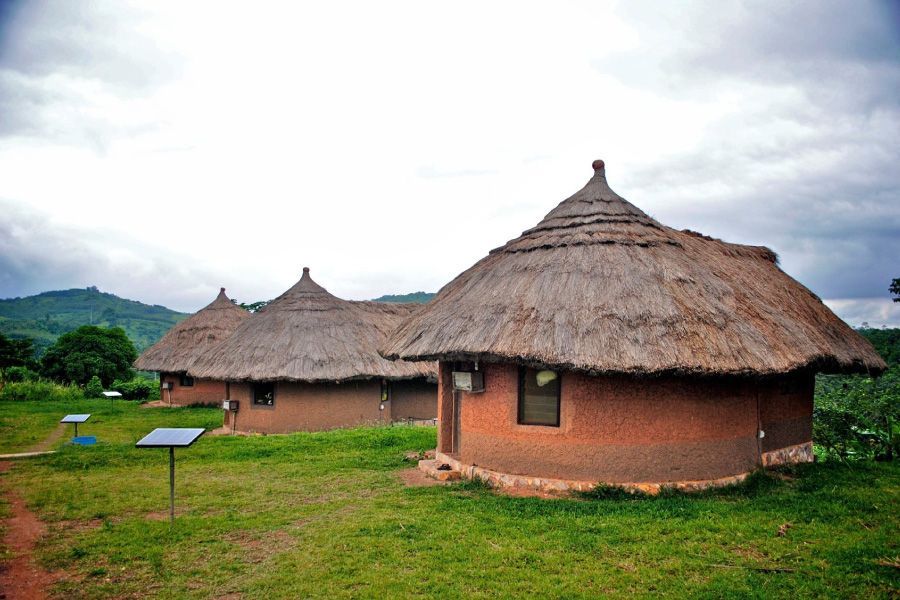
The plight of Kenya, held up as an international example of a nation with great potential and prospects but at the same time struggling with unsustainable development, aggravated by the climate crisis and emissions, held centre stage at the recent Glasgow conference on safeguarding the planet.
Within the country there are many different issues that pertain to the geophysics of the land, water sources and above all ongoing deforestation.
One of these regions is undoubtedly Tana River County, which has suffered progressive calamities over the last half century, including droughts and floods, and now has to do with deforestation and smuggling.
The county's mortality rate coupled with climate change is one of the highest on the entire continent.
Annual losses of homes and infrastructure related to inclement weather amount to about 2 billion shillings, of which the county itself only manages to cover a quarter to deal with disasters and emergencies.
With a population of over 370,000 people, it is estimated that at least 100,000 are affected every time a weather-related disaster hits the area. Destroying crops and killing livestock, each disaster is estimated to reduce the economic stability of affected families by more than 60%, each time relegating at least 2,000 new families to surviving on less than a dollar a day.
One of the possible solutions to curb this phenomenon was recently introduced by Governor Dhadho Godhana. It is the concept of ecovillages.
The ecovillages would be settlements of about 6,000 citizens, modern "clusters" that would include safe housing, schools, health dispensaries, food and industrial production areas, an open-air market with wells in every area. Real towns, perhaps a little aseptic, but certainly propaedeutic.
"The governor explained to the Daily Nation newspaper, 'It is a human-scale, comprehensive settlement in which human activities are well integrated to support healthy human development. The goal of ecovillages is to eradicate poverty and ensure the integration of all basic human needs.
The sustainability of the project should be based on the use of locally sourced materials, using sustainable technologies and infrastructure, and directing the work towards the restoration and protection of the natural environment.
There could be between 14 and 18 villages to be moved from at-risk areas into ecovillages, to protect the 100,000 or so souls under climate constraint.
Obviously the county, as Godhana confirms, does not have the funds to support the entire project, but it is assessing the feasibility of a pilot village, Handampia, where work has already begun on roads, small irrigation schemes, electricity connection and water supply systems.
"We are waiting for possible private partners and organisations to realise the value of our project in perspective," Godhana said.
TOURISM
di redazione
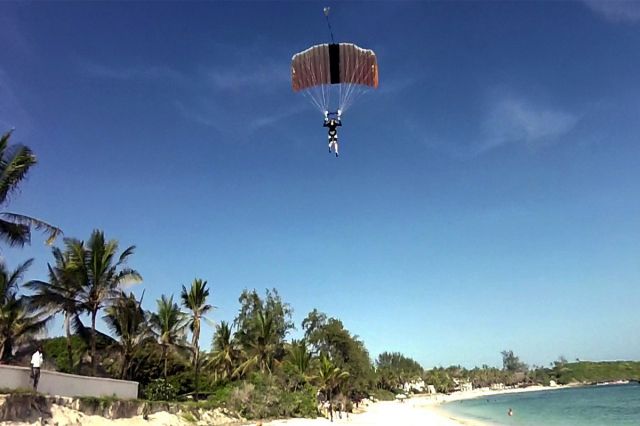
Kenya is one of the most varied and extraordinarily rich in unique opportunities, emotions for everyone and attractions for every kind of enthusiast or adventure expert. If for many people the African country is above all synonymous with wild nature,...
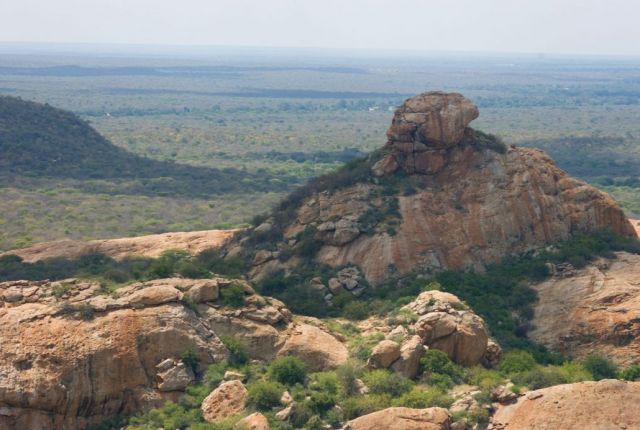
Kora National Park is one of the national parks in the coastal region of Kenya. It covers an area of 1,7800sq km along the banks of the Tana River, 125km east of Mount Kenya.
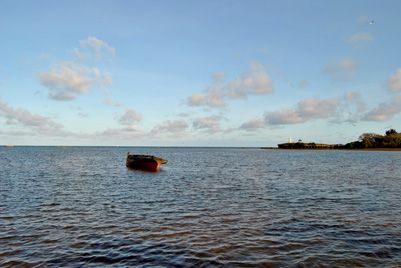
Malindi is a small town overlooking the Indian Ocean shores, located about 120 km from Mombasa and just a few miles from the mouth of river Sabaki which takes the name Galana in its upper flow and is, actually, after...
CLIMATE
di redazione
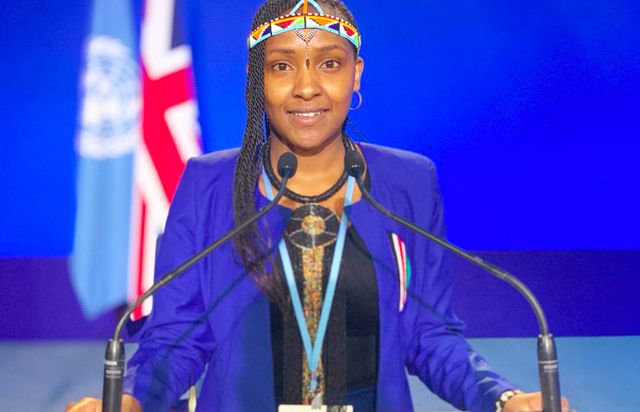
One of the most heartfelt, passionate, yet forceful and direct speeches at the Glasgow COP26 global environment conference came from a young Kenyan environmental lawyer and activist, Elizabeth Wathuti.
NEWS
di redazione

The residents and communities of the Arabuko Sokoke forest protest against the excavations on its edges.
The largest rainforest of the Kenyan coast, which extends up to Gede Matsangoni Mijomboni and Jilore south and north, is a key lung not...
NATURE
di redazione
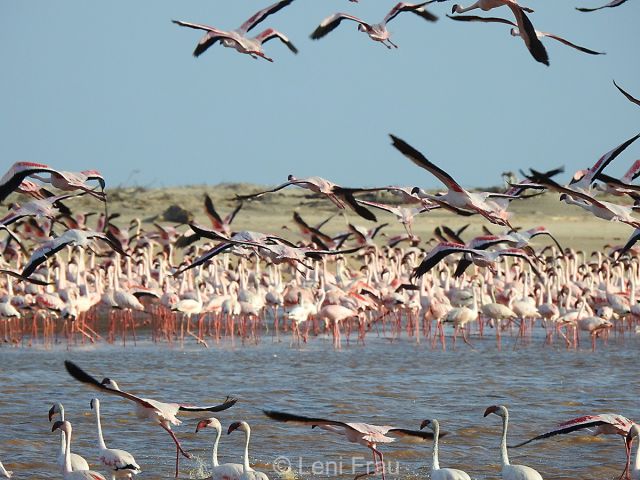
It is one of the most precious assets of Malindi, Watamu and the entire Kenyan coast, and certainly one of the most undervalued because of its ecosystem and its potential for nature conservation.
PLACES
di redazione
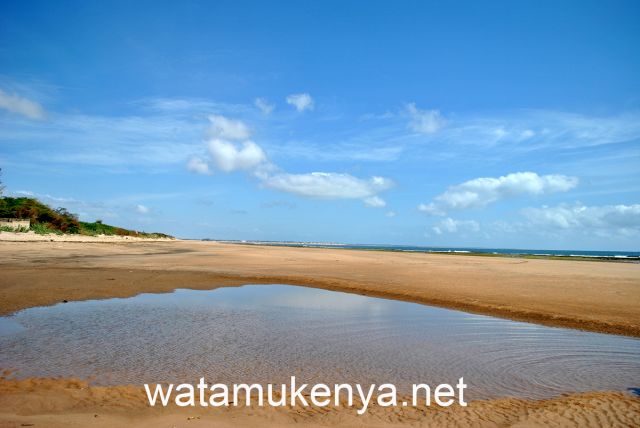
Thirty kilometres north of Watamu, after the bridge over the mouth of the Sabaki River, where flamingos and hippos can be seen and where the vegetation is particularly luxuriant, lies the village of Mambrui.
ENVIRONMENT
di redazione

Environmentalists move by two years to avoid a mess that could relate to the Arabuko Sokoke Forest, which stretches from Gede in Matsangoni, along the Mombasa-Malindi road where there are also inputs for tourists, until well into the street for...
NATURE
di redazione

The small and beautiful Lake Kamnarok is at risk of drying out and crocodiles are the first to suffer. Now a European project is trying to save it and restore it to its former glory.
MAL D'AFRIQUE
di Giorgio Ferro

Watamukenya.net remembers one of the Italians who best told about the love for this country and its contradictions
di redazione
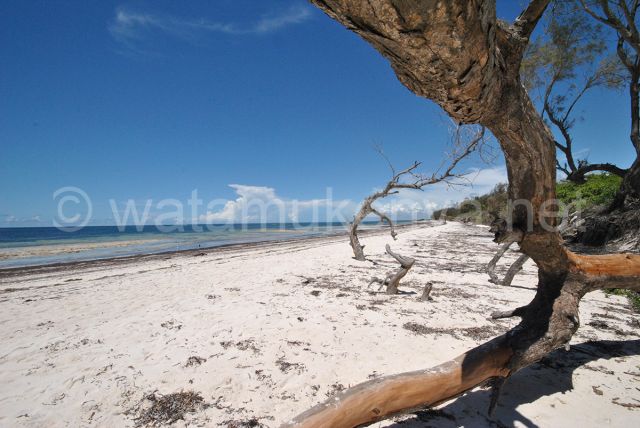
We are now at the beginning of the peak winter season, where thousands of tourists choose exotic, warm destinations to find refuge from the...
PRODUCTS
di redazione
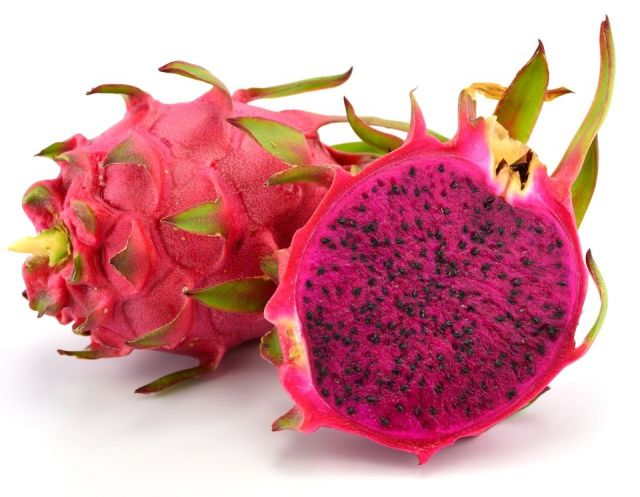
The Dragon Fruit or Pitaya is a tropical fruit belonging to the Cactacaceae family, like the prickly pear. Although it is native to Central and South America, it is now particularly common in Asia and tropical countries where the climate...